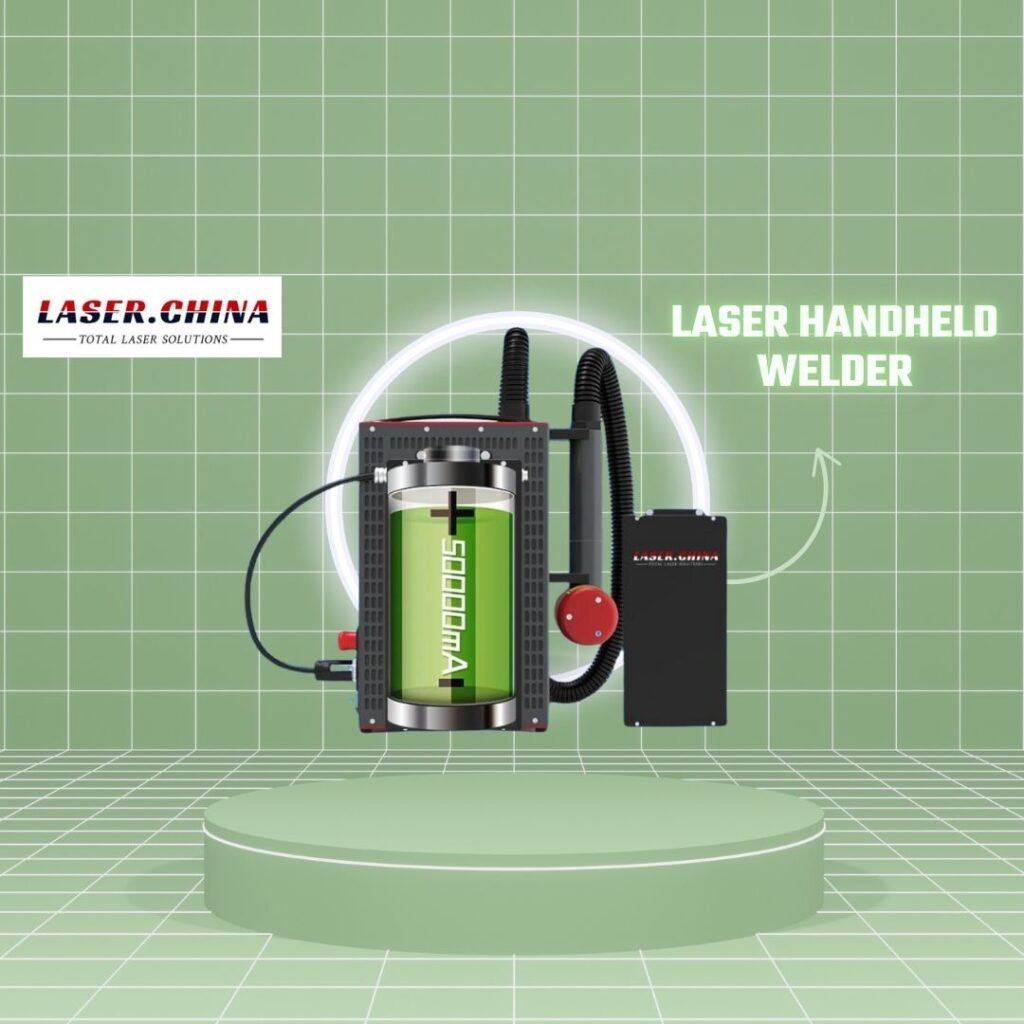Handheld fiber laser welders are revolutionizing the welding industry with their versatility, precision, and ease of use. Designed for applications requiring flexibility and high-quality results, these welders offer a practical solution for many industries, from manufacturing and maintenance to custom fabrication. Here, we’ll explore the key benefits of handheld fiber laser welders, focusing on why they’re an effective alternative to traditional welding tools and in which scenarios they excel.
1. Portability and Flexibility
One of the main advantages of handheld fiber laser welders is their portability. Traditional welding systems can be bulky, making it challenging to move them to different locations or work on larger structures or in hard-to-reach areas. Handheld fiber laser welders are lightweight and easy to maneuver, allowing operators to use them in various settings without the constraints of a fixed machine setup. This portability makes them ideal for on-site repairs, large fabrications, and even outdoor welding tasks where fixed systems would be impractical.
2. Ease of Use and Lower Skill Requirement
Handheld fiber laser welders are designed to be user-friendly, with intuitive controls and straightforward operation, even for operators with limited welding experience. Traditional welding often requires significant skill and experience, particularly with processes like TIG or MIG welding, where precise technique is essential. With a handheld laser welder, operators can quickly adjust settings like power, pulse frequency, and welding speed, making it easier to achieve high-quality results without extensive training. This ease of use reduces training costs and shortens the learning curve for new operators.
3. High-Quality Welds with Minimal Distortion
The precision of a handheld fiber laser welder is one of its defining features. It produces a narrow, focused beam of high-intensity light, which creates precise, clean welds with minimal spatter and distortion. Traditional welding methods, especially with metals like aluminum or stainless steel, can produce significant heat-affected zones (HAZ), leading to warping and residual stress in the welded materials. The fiber laser’s focused energy minimizes these effects, allowing for neat, aesthetically pleasing welds without extensive post-processing. This precision is particularly beneficial for tasks requiring clean, polished finishes, like in custom metalwork or ornamental fabrications.
4. Versatile Applications Across Materials
Handheld fiber laser welders are versatile tools capable of working with a wide range of materials, including stainless steel, carbon steel, aluminum, copper, brass, and more. Traditional methods often require specialized equipment or techniques for different metals, but fiber lasers handle this diversity with adjustable parameters tailored to each material. Additionally, they’re effective on materials with varying thicknesses, which makes them suitable for various tasks, from thin sheet metal joining to thicker structural components.
5. Speed and Efficiency
Fiber laser welders are significantly faster than traditional welding techniques. With high power output and efficient energy transfer, they can complete welds at a rapid pace, boosting productivity and reducing cycle times. In manufacturing environments, this speed can lead to substantial time savings, helping businesses meet production quotas without compromising quality. For operators working on intricate jobs, the laser’s precise control minimizes the need for rework and reduces material wastage, translating to long-term cost savings.
6. Low Maintenance and Operating Costs
Fiber lasers are known for their durability and low maintenance requirements. Unlike traditional welding equipment, which often involves replacing consumables like electrodes, filler materials, and nozzles, handheld fiber laser welders have fewer consumable parts. They also lack direct contact with the workpiece, which reduces wear on the equipment and prolongs its operational lifespan. This reliability and reduced maintenance mean lower long-term costs, making fiber laser welders an economical choice for businesses seeking efficient and budget-friendly welding solutions.
7. Improved Safety Features
Handheld fiber laser welders are designed with safety in mind. Many come equipped with features like automated shut-offs, interlocks, and laser protection eyewear to minimize operator exposure to harmful light and reduce the risk of accidents. Traditional welding can expose operators to intense heat, UV radiation, and toxic fumes, requiring extensive protective gear and well-ventilated environments. Fiber laser welding, on the other hand, produces fewer fumes and requires less PPE, making it a safer option for operators.
Conclusion
In summary, handheld fiber laser welders offer numerous advantages, including portability, ease of use, high-quality results, and reduced operating costs. They’re particularly effective in settings where flexibility is required—such as on-site repairs, custom metalwork, or situations demanding clean, precise welds. While traditional welding methods still hold value in specific applications, handheld fiber laser welders stand out for their efficiency, versatility, and user-friendly design. As industries increasingly adopt advanced welding solutions, handheld fiber laser welders are likely to play a pivotal role in shaping modern manufacturing and fabrication practices.



